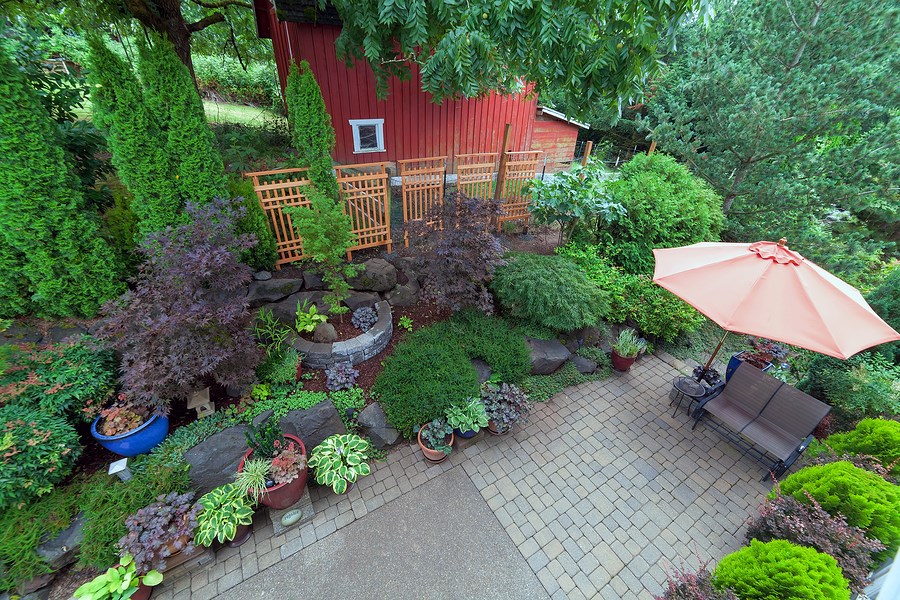Fall is a good time to add some trees and shrubs collected from the wild.
At one time Manitoba had a pamphlet available about digging and transplanting trees from the side of the highway. I can no longer find it online, but considering that the sides of highways are regularly cleared, these are good areas to collect young trees and shrubs for your yard.
Trees transplanted in the fall will continue to grow roots until the ground freezes, even after all the leaves have dropped. The younger the tree, the greater the chance of transplanting with enough roots to help the tree get established.
Young trees grow fast – growth slows down as the tree gets larger and branches out. The smaller the tree dug from the wild, the better the chances of getting established in your yard.
When collecting along the highway, make sure the tree you have chosen is a young tree, and not new growth from an old tree that had been cut off by clearing.
What do you want to collect and how do you recognize it? Spruce trees have short, spiky four-sided needles attached singly to the branch. Two-sided balsam fir needles, also attached singly, are soft to the touch. Jack pine has longer needles in bundles of two. Tamarack sheds its needles in the fall, after turning a golden yellow. Along the Easterville road you can find eastern white cedar.
Keep in mind that these are all large trees that are not suitable for small yards, and should not be planted too close to the house.
Trembling Aspen and balsam poplar are not suitable because of their extensive root systems and suckering habit.
Birch, on the other hand, is a desirable landscape tree.
Closely related, but smaller when mature, is the speckled alder. It is usually multi-stemmed, growing in damp areas, with a reddish-brown bark and fruiting bodies that look like miniature cones.
Also growing in damp areas are the dwarf birch and bog birch, small shrubs that turn a lovely shade of orange to red in the fall.
If you have an area in your yard that is damp most of the time, consider planting the trees and shrubs that are found in damp to wet areas.
When travelling the Easterville road in the fall, keep your eyes open for small trees and shrubs that turn yellow to orange to orange-red. If they have leaves that look like a maple leaf, you have found mountain maple. This small tree or tall shrub with smooth bark has showy upright white flower spikes in spring and lovely fall colour.
The next article will cover more wild trees and shrubs for your landscape, along with transplanting advice.
Horticulturalist Mary Wright has lived in Denare Beach for over 20 years. She shares her passion for gardening with Flin Flon readers in The Reminder.




